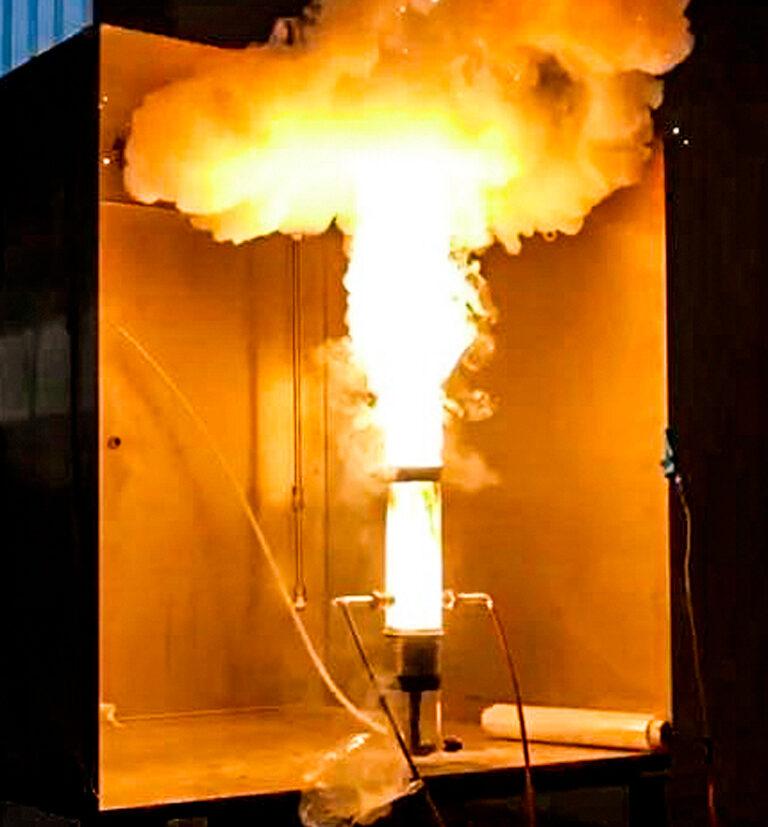Dust Explosion Testing Capabilities
Xefra dust explosion testing capabilities are provided in a dedicated industry-based laboratory.
The laboratory team has extensive practical experience dealing with problems associated with dust handling and reactive chemical processing.
Dust and gas explosion services complement laboratory testing capabilities.
ATEX Testing Facilities at XEFRA

PURPOSE of Dust Explosion Testing
Compliance with ATEX Directives 2014/34/EU and 99/92/EC is a priority, ensuring protection against potentially explosive dust atmospheres. Physical and chemical properties can affect the hazards associated with storing, transporting and processing dust. All types of hazards associated with combustibility, thermal instability and reactivity of substances generally increase with decreasing particle size. Therefore, knowledge of the particle size distribution of dust in a heterogeneous sample is important.Our ATEX Testing facilities include:
- Combustible Dust Screening Test: The Go and No-Go Test is the first step in screening for the possibility of dust explosibility.
- Minimum Ignition Energy (MIE) Test: Determines the energy required to ignite dust, critical in evaluating risk from low-energy sources like static electricity.
- Burning Test, Department of Transportation (DOT): Assesses the flammability and combustibility characteristics of dust samples.
- Minimum Auto-ignition Temperature Tests (MIT and LIT): Evaluate the temperatures at which dust clouds in air on hot surfaces autoignite, vital for setting safe operating temperatures in dusty environments.
- Dust and Gas Lower Explosivity Limit (LEL): Establishes the concentration levels at which dust and gas mixtures become explosive.
- Maximum Explosion Over-pressure (Pmax) and Dust Specific Characteristic (Kst): These tests determine the severity of potential dust explosions, aiding in designing effective explosion protection measures.
- Gas Specific Characteristic (Kg), Limiting Oxygen Concentration (LOC), and Volumetric Resistance of Dust: These additional assessments contribute to a comprehensive understanding of dust explosivity and safety.
- Combustibility Index (BZ) Test: Evaluating the combustible properties of dust samples.
DUST EXPLOSIBILITY Testing Strategies
The scope is to provide a strategy for combustible dust explosion testing to support process design and engineers who are responsible for the design and management of dust processes to:
– Identify the explosion hazards of air/dust mixtures
– Assess explosion hazards
– Develop new designs and applications
– Manage changes